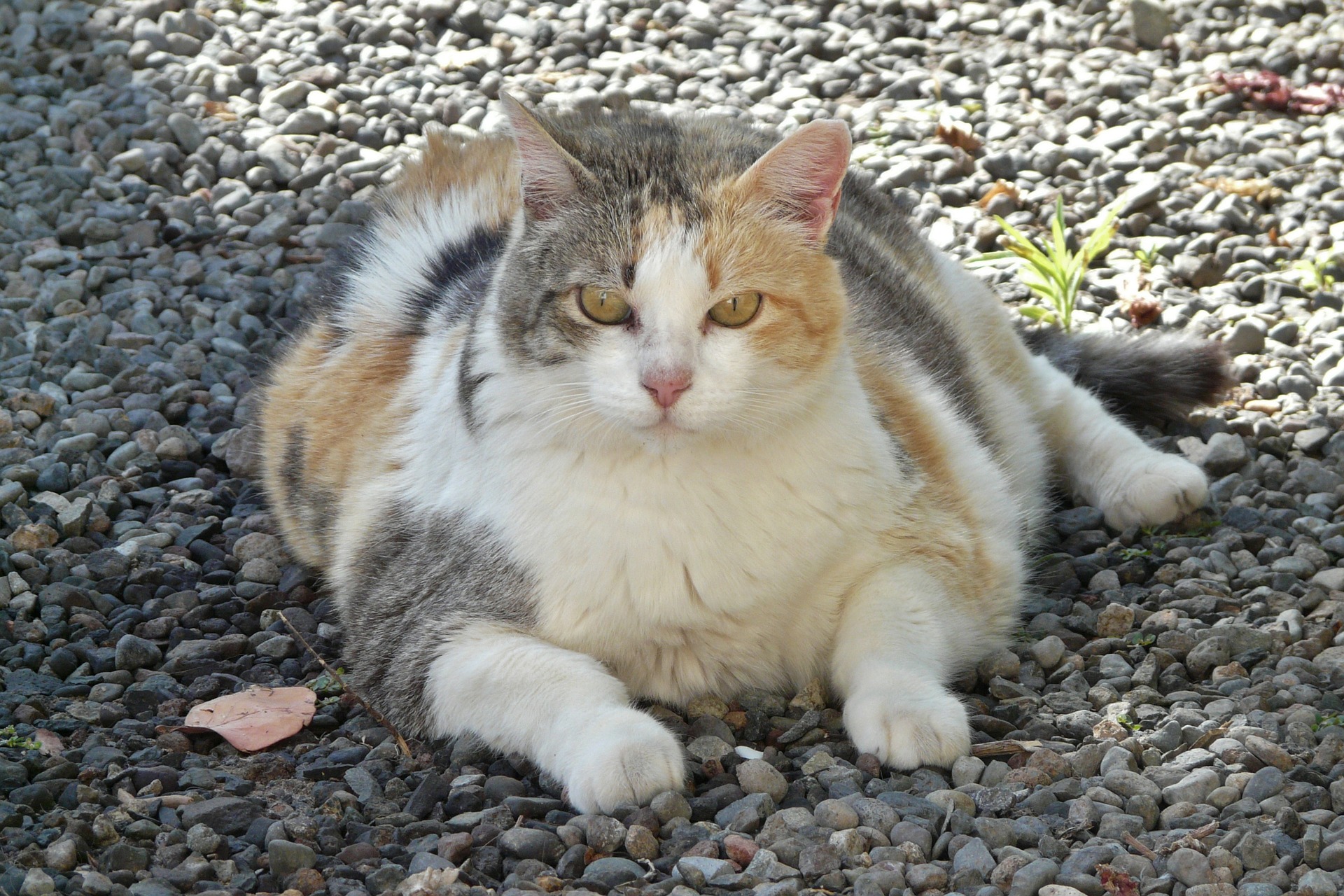
the scientific study of pet nutrition by veterinary nutrition specialists and experts.
Battling the Bulge? Troubleshooting Tips for Pet Weight Loss

Whenever you feel stuck, try talking with your veterinarian or the veterinary nurses at your primary care veterinarian’s office for more tips and strategies that could work best for your pet. Always check in before making changes to your pet’s diet or weight loss plan!
- How do I get my pet to stop begging all the time?
- Check with your vet, but if you’re meeting your pet’s calorie and nutrient requirements, this may just be them thinking they need more than they do!
- A tired pet is a happy pet! Substitute eating or treat times for other social activities like grooming, walking, agility, etc.
- Divide up a portion of the diet to use as treats instead of meals.
- Divide the food into more frequent, smaller meals.
- My pet cries all night!
- Cats in particular like to eat at night, so set up feedings right before bedtime.
- Set up automatic timed feeders to go off during the night.
- Provide hidden toys or treats that your pets can look for throughout the night.
- Make sure you don’t reward the behavior with attention or food – either put a plan in motion to avoid it entirely, or ignore it, but never reward it.
- My pet steals my other pets’ food!
- Consider separate meal feeding options.
- Change food for all pets if possible.
- Offer food puzzles to slow down and separate feedings.
- Use products that restrict food access based on a magnetic collar.
- What if my pet won’t eat the new food?
- Talk with your vet about diet alternatives with different textures and moisture content.
- Use treat allowance of up to 10% of the overall calories of the diet as a palatability enhancer.
- Gradually introduce a new food over one week.
- Offer the new food side-by-side with the current diet, with gradual removal of the usual food.
- Avoid offering alternatives if the pet skips a meal; however, do not allow cats to go longer than 24 hours without consuming any meals.
Strategies modified from the 2014 AAHA Weight Management Guidelines, which can be found at: https://www.aaha.org/public_documents/professional/guidelines/weight_management_guidelines.pdf.
Want to read more information on feeding your pet?
Subscribe to always know when we add new material!
Recommended Posts

Can Diet Help With My Dog’s Seizures?
January 18, 2024

The Most Popular Holiday Foods…That Your Pet Should Avoid!
December 08, 2023

Veterinarian Recommended Pet Foods: What You Need to Know
November 05, 2023

